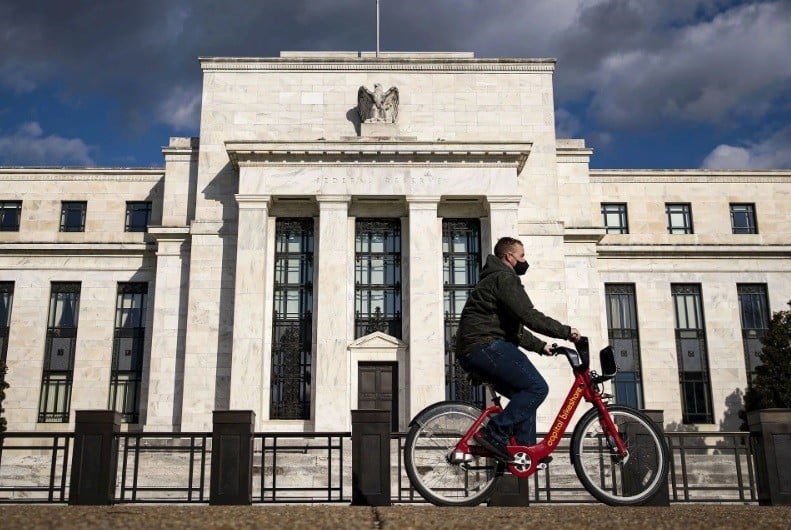 |
| Over the past year, the Fed has used the weakening economy as the argument to explain its decision to stop raising interest rates. (Source: Reuters) |
The risk of high inflation is constant.
Some Fed officials still favor higher rates, citing the possibility of cutting rates later. But others see the risks as more balanced, worried that raising rates and weakening the economy is unnecessary or that it could trigger a new round of financial turmoil.
The shift to a more balanced view on interest rates is supported by data: Inflation and the labor market have softened. In addition, the policy of unusually rapid interest rate increases over the past year and a half will continue to weaken consumer demand in the coming months.
Fed officials have raised interest rates in 11 of their last 12 meetings, most recently a 0.25 percentage point increase in July 2023, bringing the benchmark rate to a 22-year high of 5.25-5.5%. They appear to have reached a broad consensus on keeping rates unchanged at their September 19-20 meeting, giving them more time to assess how the economy will react to rising interest rates.
The more important question is what factors will push the Fed to raise interest rates in November or December.
In June 2023, most Fed officials maintained that two more modest rate hikes were needed, meaning a quarter-point hike between now and the end of 2023 (after the quarter-point hike in July). However, whether or not to raise rates remains an open question.
Over the past year, the Fed has used a weakening economy as the justification for holding off on raising interest rates. As inflation eases, that burden is shifted to a strong economy — which it sees as a reason to anchor rates higher.
That's exactly what Fed Chairman Jerome Powell recently said: The risk of better-than-expected economic activity will offset recent progress in the fight against inflation.
Evidence of stronger-than-expected growth “could put progress on fighting inflation at risk, potentially forcing further tightening of monetary policy,” Mr. Powell said at the Jackson Hole conference last August.
Promote defense policy
Within the Fed, there is a school of thought that remains concerned about inflation and wants to hedge against it by raising interest rates this fall. These policymakers worry that ending the tightening campaign will only result in the Fed realizing a few months later that it has not done enough.
This omission would be particularly disruptive if financial markets were swept up in the view of falling inflation and falling interest rates and now realize the opposite reality.
“There is a risk of over-tightening,” Cleveland Fed President Loretta Mester said in an interview last year. “But we have underestimated inflation. Letting inflation run longer would be damaging to the economy. I would be prepared to cut rates fairly quickly next year.”
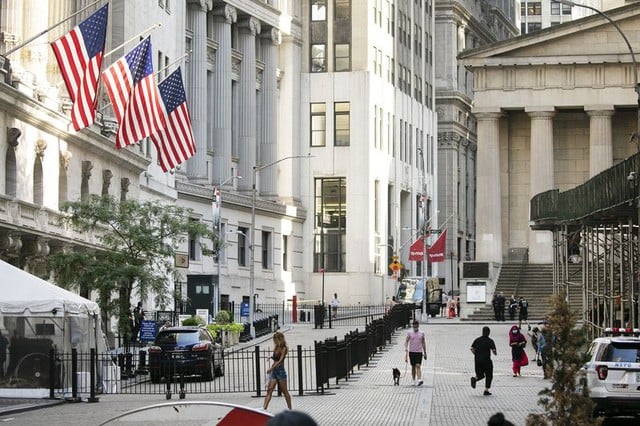 |
| Some Fed officials worry that raising interest rates and weakening the economy is unnecessary, or will trigger a new financial turmoil. (Source: AP) |
Last week, Fed Governor Christopher Waller also said that the US central bank should raise interest rates if it deems it necessary, because another small increase in interest rates would not necessarily push the world's No. 1 economy into recession.
Sharing the same view is Dallas Fed President Lorie Loga, who said that not raising interest rates this September does not mean the Fed has stopped the rate hike path.
Keep interest rates high for longer
Another school of thought favors a pause in rate hikes. They want to shift the focus from where rates should be raised to how long they should stay at current levels. The US economy maintained a growth rate of 2.1% in the second quarter of 2023 and could reach over 3% in the third quarter.
But this group of Fed officials doubts the possibility of stable growth, especially when the Chinese and European economies decline, and the US will also suffer negative impacts from interest rate hikes due to the lag effect.
The risk of higher and longer-term inflation must now be balanced against the risk that excessively tight monetary policy will lead to a sharper economic downturn, Boston Fed President Susan Collins said. The Fed needs to be patient at this stage of the policy cycle.
The yield on the 10-year US government bond has risen from 3.9% to 4.25% since the Fed's policy meeting in July. This has increased the cost of borrowing, especially mortgage rates, which recently hit a 22-year high.
Many also worry that if a new rate hike later proves unnecessary, the rate-cutting process will be more complicated and have worse consequences than the hawks have predicted.
Source



![[Photo] Prime Minister Pham Minh Chinh chairs the meeting of the Government Party Committee Standing Committee](https://vstatic.vietnam.vn/vietnam/resource/IMAGE/2025/8/23/8e94aa3d26424d1ab1528c3e4bbacc45)




![[Photo] General Secretary To Lam attends the 80th Anniversary of the Cultural Sector's Traditional Day](https://vstatic.vietnam.vn/vietnam/resource/IMAGE/2025/8/23/7a88e6b58502490aa153adf8f0eec2b2)
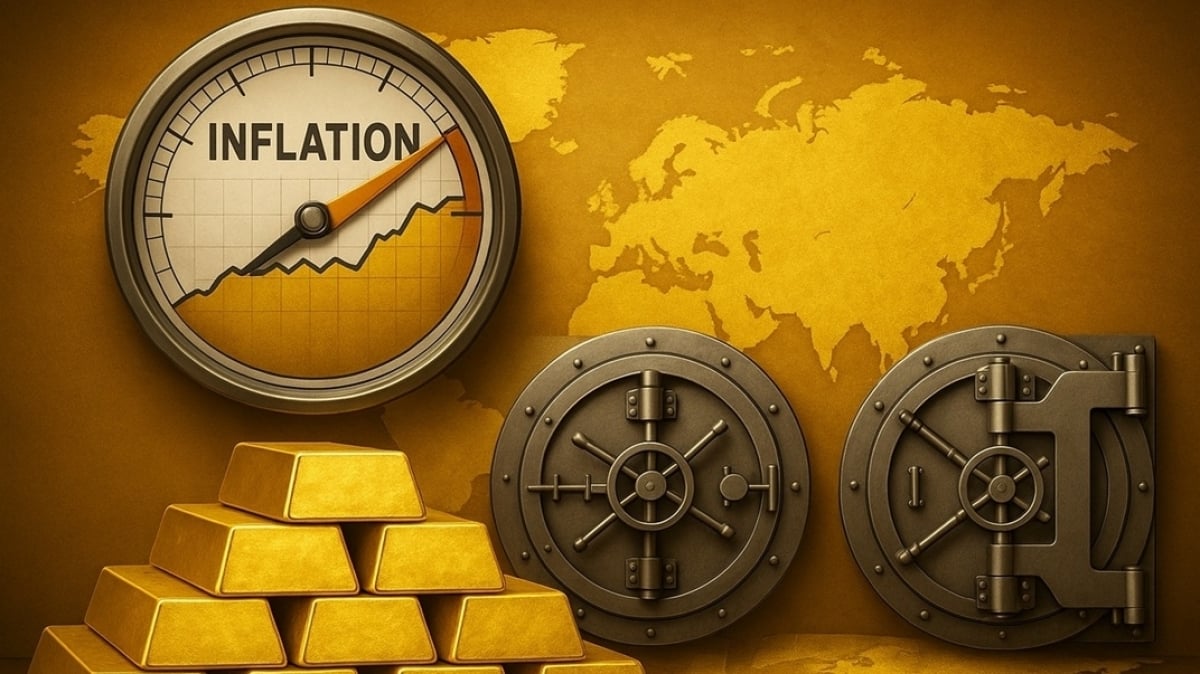
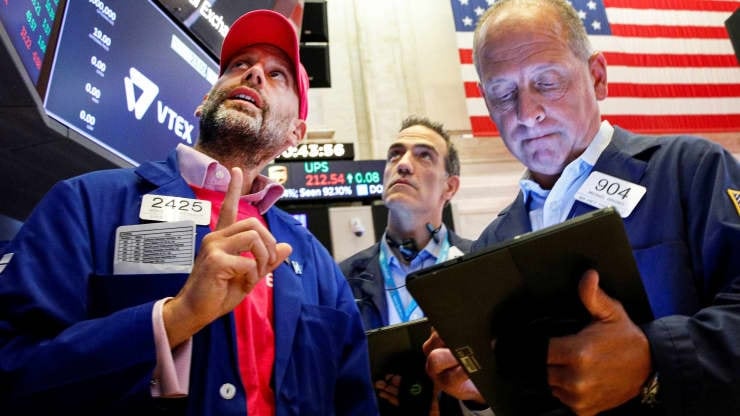


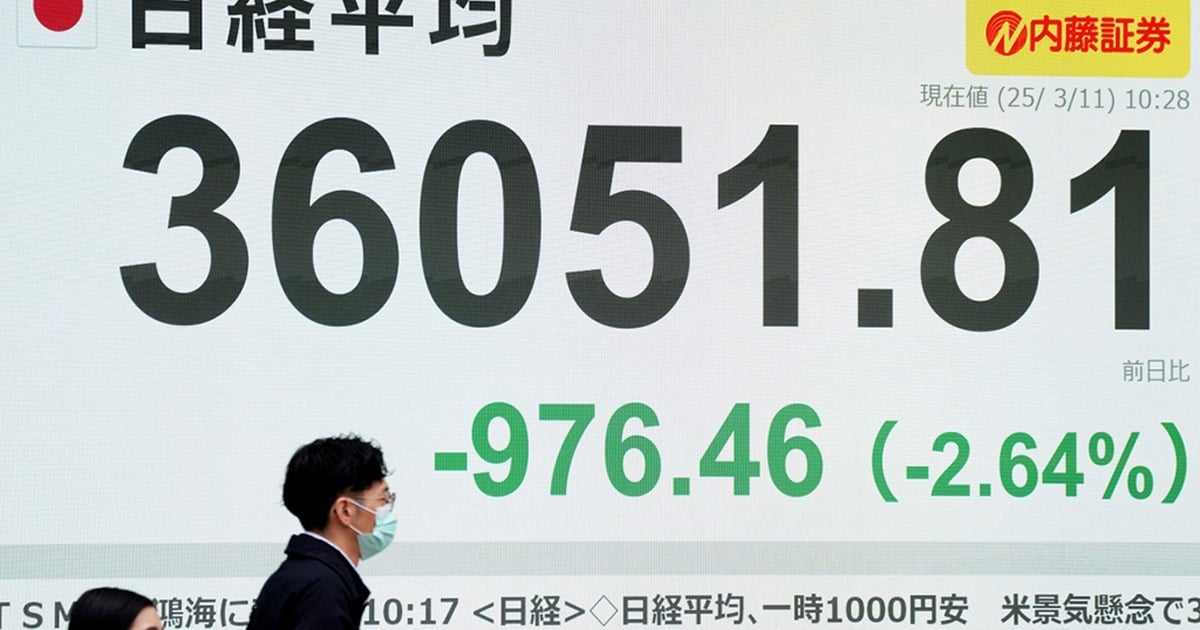


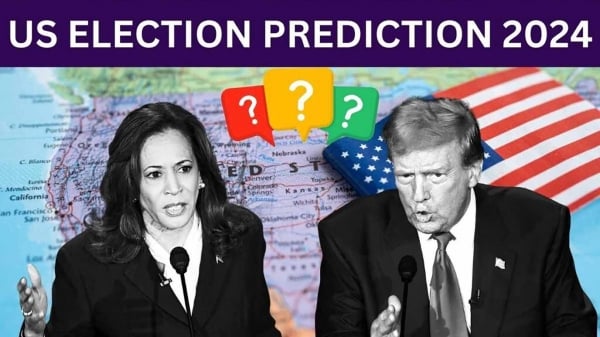






















































































Comment (0)